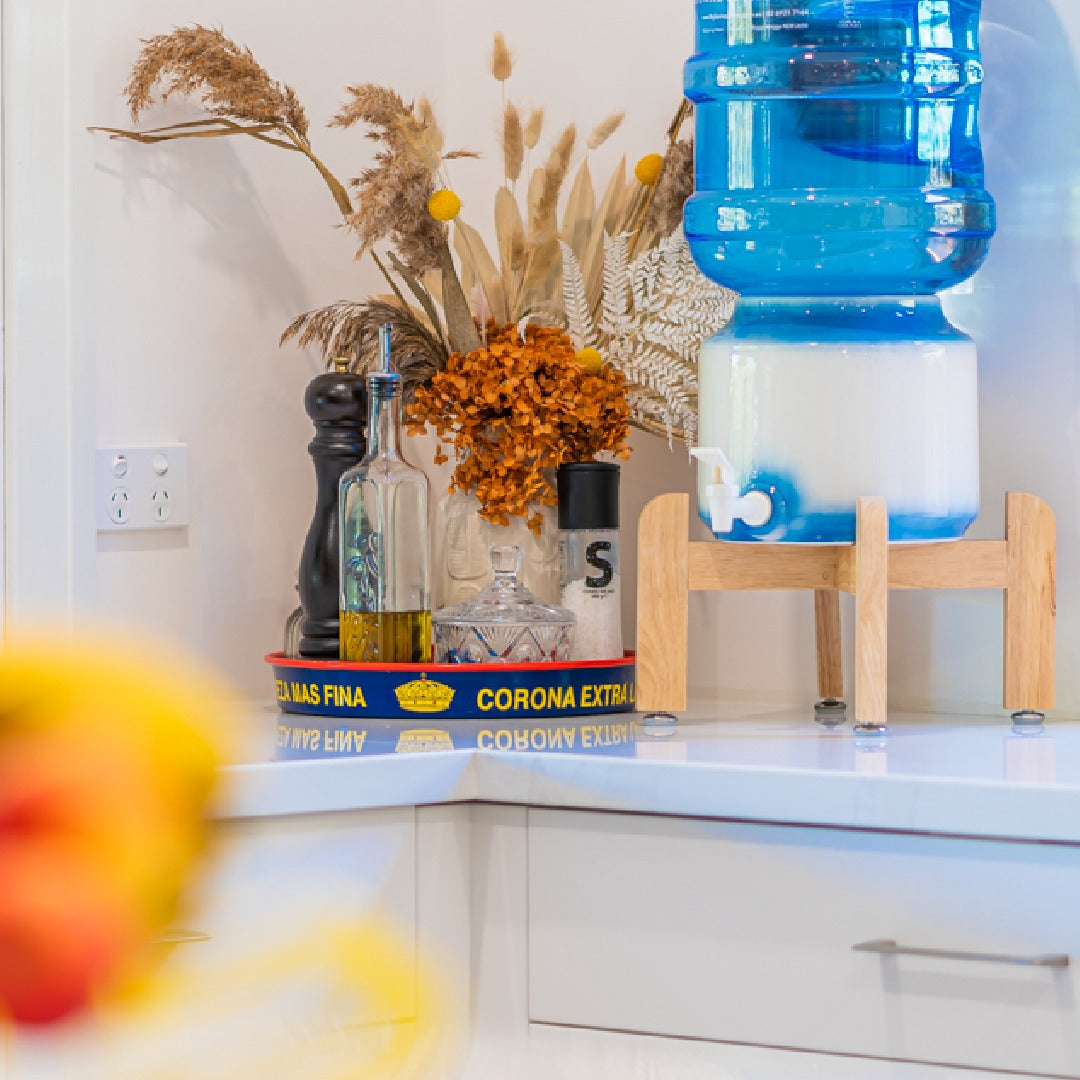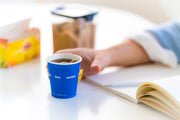Does your spring water contain fluoride?

For many Australians, fluoride is a hot topic – especially when it comes to what’s in your drinking water. Whether you’re sipping from the tap or reaching for a bottle of natural spring water, you might be wondering if spring water actually does contain fluoride.
The answer isn’t always straightforward, as it depends on the source of the water and whether any additives are involved.
At Kiewa Valley Spring Water, we believe in transparency and purity. Our spring water is drawn from a naturally protected source in the Flakney Ranges – free from chemical treatment, untouched by industrial activity, and bottled with minimal intervention. And yes, our spring water does contain fluoride, but only the kind that’s naturally occurring.
In fact, our water is tested and certified to contain 1.0 parts per million (ppm) of fluoride, a concentration that is consistent with levels known to support strong dental health. This is in line with findings from a 1991 CDC/Public Health Service report published in JAMA, which identified 1.0 ppm as an ideal level for cavity prevention.
Does Bottled Spring Water Contain Fluoride?
When it comes to whether bottled spring water in general contains fluoride, the truth is that it varies. Not all bottled waters are the same. Some brands use purified or distilled water and reintroduce fluoride through artificial means. Others may have no fluoride at all due to their treatment processes.
What sets Kiewa Valley apart is that our fluoride content is completely natural, coming straight from the underground spring without any added chemicals. For those of you seeking a more natural way to consume fluoride without the additives, this is a compelling benefit.
Why Does Spring Water Have Fluoride?
The presence of fluoride in spring water is not the result of manufacturing or human intervention – it’s a product of geology. As groundwater travels through layers of rock and soil, it can naturally absorb minerals like fluoride.
The levels depend on the surrounding terrain and aquifer conditions. At Kiewa Valley, our catchment area in the Flakney Ranges ensures that the fluoride in our water is a result of its clean, mineral-rich journey through natural underground formations.
Should You Be Concerned?
For most people, naturally occurring fluoride in moderation poses no risk and is actually beneficial to your health. Fluoride has been widely recognised for its role in preventing tooth decay, and water remains one of the most efficient ways to deliver it.
However, if you are managing specific health conditions or have concerns about fluoride intake, it’s always best to consult your healthcare provider. The key is being informed – knowing whether the spring water you drink has fluoride in it, and understanding where this fluoride comes from.
So, what’s the takeaway from all this?
Yes, spring water can contain fluoride, especially if it comes from a natural source like ours. At Kiewa Valley Spring Water, you’ll find 1.0 ppm of naturally occurring fluoride in every bottle, delivering both taste and benefits in every sip.
We pride ourselves on offering spring water that’s clean, crisp, and as nature intended. Every batch is independently tested to ensure it meets the highest safety and quality standards. Our water contains nothing artificial – just the right balance of naturally occurring minerals, including fluoride, to support your wellbeing.
Explore our range of water coolers, dispensers and other natural spring water solutions online, and please don’t hesitate to get in touch if you need more information.






